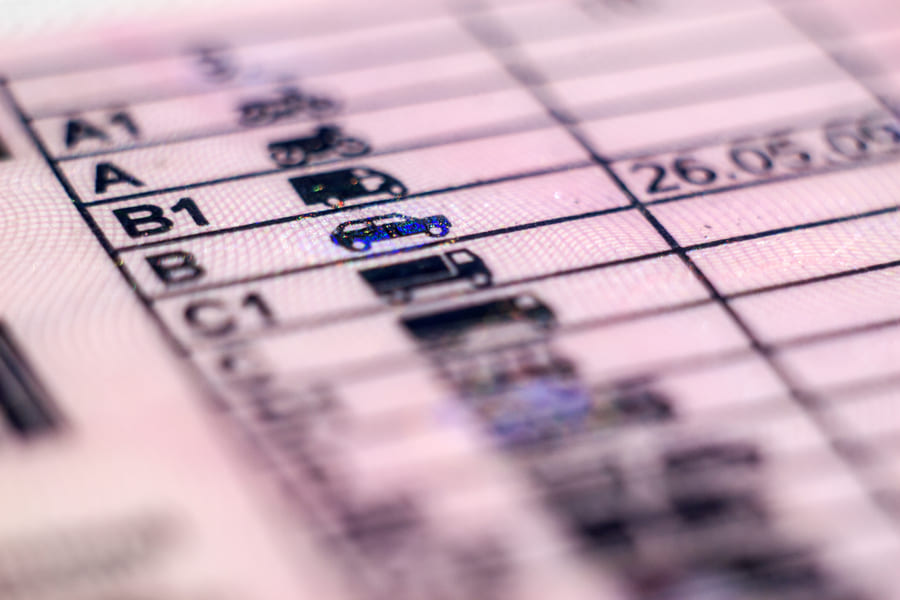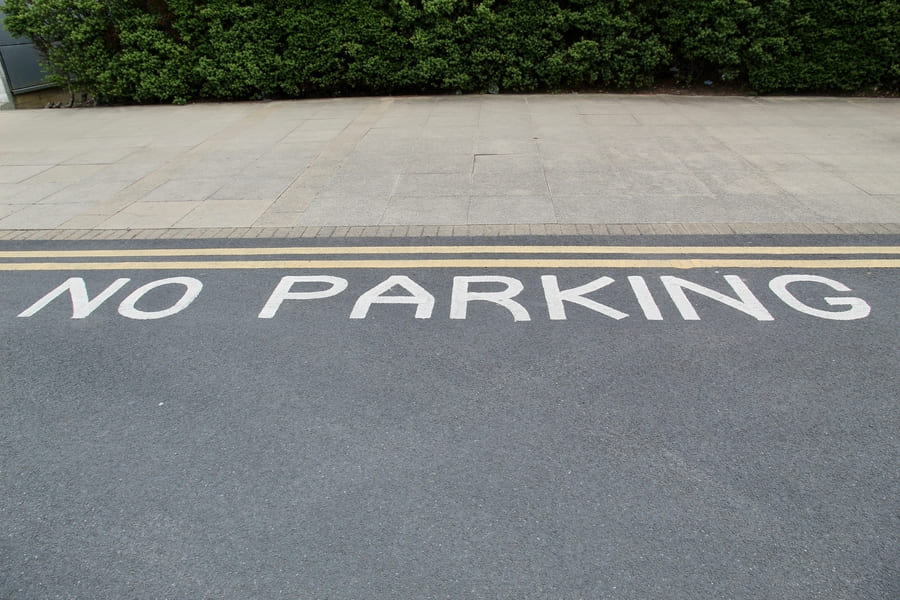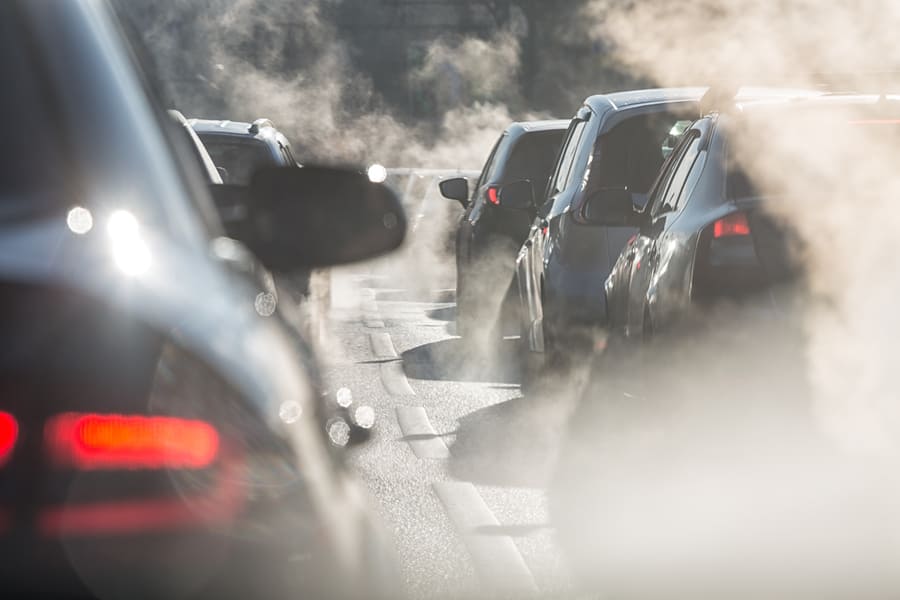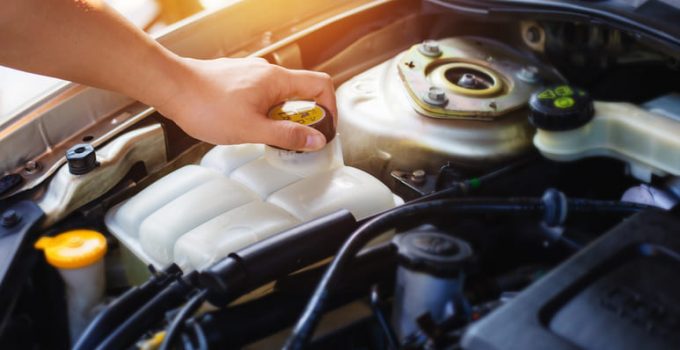
There are several vehicle categories for driving licences, each with different age and testing requirements. If you have just passed your test and received your licence, you may be wondering which vehicles you are legally ‘entitled’ to drive in the UK. If you take a look at the back of your licence, you’ll see a table with numbered columns. The codes and symbols in column 9 indicate the types of vehicles that a licence can cover. Columns 10 and 11 show the licence start and expiry dates for the vehicles that you are permitted to use. You can learn more about the various driving licence classifications and codes in this handy guide.
What type of driving licence do I have?
Driver’s licence categories can be divided into 5 general groups: mopeds and motorcycles, cars and light vehicles, vans and commercial vehicles, minibuses and buses, and a miscellaneous group for agricultural and military vehicles, for example. In addition to passenger cars, the standard car driving licence usually covers two-wheelers and three-wheeled vehicles with a maximum speed of 28 mph, as well as tractors and pedestrian-controlled vehicles, however, you may be required to undergo additional training.
Driving licence categories
Mopeds and motorcycles
- AM
Minimum age requirement: 16
* Compulsory Basic Training (CBT) required
This category includes two- or three-wheeled vehicles with a maximum speed of over 15.5 mph and less than 28 mph. It also includes light quad bikes that have the same maximum speed range and an unladen mass of no more than 350 kg (not including batteries for electric bikes).
- P
Minimum age: 16
This means you can drive two-wheelers with a maximum speed of between 28 mph and 31 mph. The engine size cannot be more than 50cc for vehicles with an internal combustion engine.
- Q
Minimum age: 16
For two-wheeled or three-wheeled vehicles without pedals. If powered by an internal combustion engine, the engine size must be no more than 50cc. The maximum speed must not exceed 15.5 mph.
- A1
Minimum age: 17
*CBT required
This category includes lightweight motorcycles with an engine size of up to 125cc and maximum power output of 11kW. The power-to-weight ratio should be no higher than 0.1kW/kg. An A1 licence also allows you to drive motorised tricycles with a maximum power output of 15kW.
- A2
Minimum age: 19
* CBT required
An A2 motorcycle licence allows you to drive motorbikes with a power output of 35kW or less and a maximum power-to-weight ratio of 0.2kW/kg. If you have this licence, you’re also entitled to drive A1 vehicles. In addition to these requirements, the bike must not be derived from a vehicle with more than double its power.
- A
Minimum age: 24 (or 21 with Progressive Access)
*CBT, theory and practical test required
This category is for high speed motorbikes with a power output greater than 35kW. Category A licence holders can operate any motorcycle with any size engine.
Cars and light vehicles
* Minimum age for this category group: 17
- B1
This licence allows you to operate light 4-wheeled motor vehicles up to 400kg unladen or 550kg if they’re designed for carrying goods.
- B
The ‘entitlements’ for category B licence holders vary depending on when the person passed their test.
If you passed your test before 1 January 1997, you can drive a vehicle and trailer combination with a maximum authorised mass (MAM) of 8,250kg. Your licence also allows you to drive a minibus with a trailer over 750kg MAM.
If you passed your driving test on or after 1 January 1997, you can drive vehicles with an MAM of up to 3,500kg and up to 8 passenger seats (and a trailer up to 750kg).You also have the option to tow heavier trailers as long as the total MAM of the car and trailer isn’t higher than 3,500kg.
- B Auto
This means you can drive category B vehicles but only those with an automatic transmission.
- BE
This category means you’re able to drive a vehicle with a trailer. The weight restrictions for this will depend on the ‘valid from’ date on the licence. If the date is before 19 January 2013, you can tow any trailer within the vehicle’s towing capacity. Licences valid on or after 19 January 2013, allow you to tow a trailer with an MAM of up to 3,500kg within the towing capacity of the vehicle
Vans and commercial vehicles
- BC1
Minimum age: 18
This code means you can drive medium-sized vehicles with an MAM between 3,500 and 7,500kg with a trailer (up to 750kg).
- BC1E
Minimum age: 18
This means you are allowed to drive C1 vehicles with a trailer weighing over 750kg. The total MAM must not be more than12,000kg.
- C
Minimum age: 21
A category C licence allows you to drive heavy commercial vehicles over 3,500 kg with a trailer (up to 750 kg MAM).
- CE
Minimum age: 21
CE licence holders are permitted to drive any C category vehicle with a trailer that weighs over 750kg.
Minibuses and buses
- D1
Minimum age: 21
The D1 category includes minibuses with no more than 16 passenger seats and a maximum length of 8 metres. You are also allowed to tow a trailer (up to 750kg).
- D1E
Minimum age: 21
This includes all D1 vehicles but allows you to tow a trailer that weighs above 750kg. However, the combined MAM must not be more than 12,000kg.
- D
Minimum age: 24
A category D licence classification means that you can drive any bus with more than 8 passenger seats as well as tow a trailer (up to 750kg).
- DE
Minimum age: 24
You can drive any D category vehicle and tow a trailer that weighs over 750kg.
Other- f – agricultural tractors
- G – Road rollers
- H – Tracked vehicles
- k – pedestrian vehicles or mowing machines
- l – Electrically-propelled vehicles
- M – Trolley vehicles








Comment